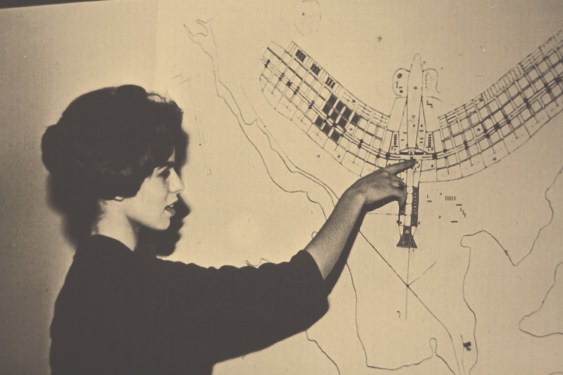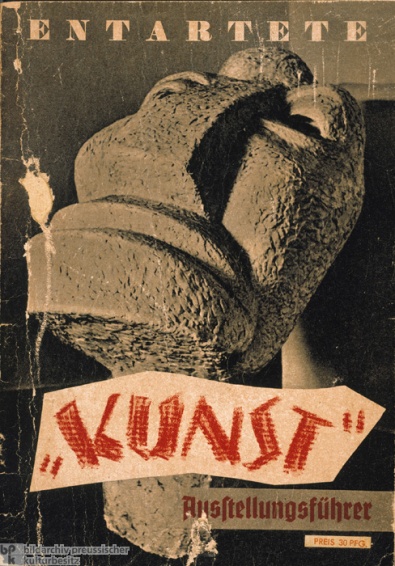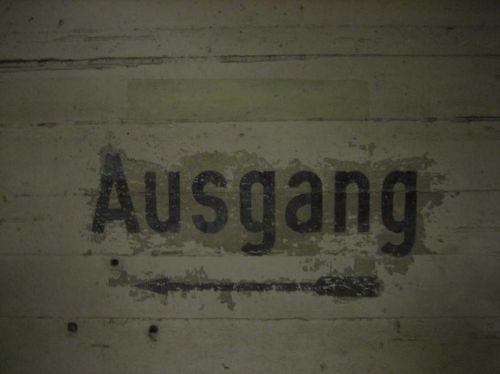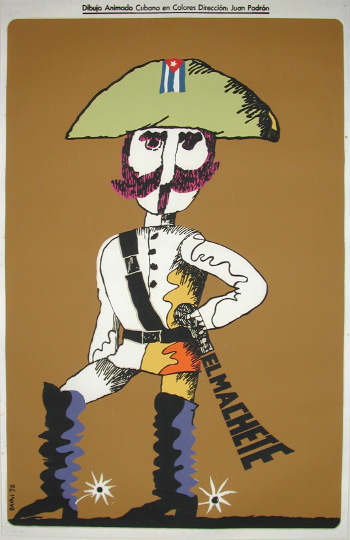For the map project that we built in Triangle Space, I chose to do a map of Brasília, my hometown and Capital of Brazil.

When we were modern: Brasília promised a future that never arrived
The city is the epitome of Modernism in Brazil: it was planned to be a modernist city from scratch, heavily controlled by a grid, pre-determined use of space, sector’s divisions, etc. On top of that, the city was added to Unesco’s World Heritage list, which resulted in a even greater attachment to the plan originally conceived by Lúcio Costa, Juscelino kubitschek and Oscar Niemeyer.
However, behind this love for order, rationalism and minimalism, lies a story of politic authoritarianism, violence and irrationality. During the construction of the city, thousands of workers died because of the tight schedule, long journeys of work and lack of security assets and training.
Later the town was the symbol of the dictatorship that took Brazil from the 60’s until the 80’s. Extreme inequality and a subtle but very efficient apartheid between rich and poor also stained the modernist Utopia, at the same time that post-modernism questioned the basis of the modernist movement in architecture and design.
Therefore, I was interested in mapping Brasília in a way that could adress these contradictions, make them explicit. I summoned the questions raised by my research in two sentences:
– A neurotic attachment to a rational plan leads to irrational and barbaric actions to finish it on time.
– To keep up with a plan designed 50 years ago and try to bend reality and people to fit it, ignoring the changes, is irrational in itself.
These concepts guided my tests, which ended up in two projects, one of them not completed.
1. BRASÍLIA MODEL BLOCKS VANDALIZED (completed)
The Model Residential Blocks in Brasília were designed to have everything a citizen might want: blocks for poor and rich people, a church, a school, a neighborhood club, local business. And this model citizen, in this model block, would be able to do all of it by foot, without using the car.
The plan never really worked, though. Prices skyrocketed, and poor people never lived in the intended buildings, which became houses for rich families. Also, people put their children in private schools, and the local public schools were used by their maid’s kids.
To express this difference between the beautiful plan and the harsh reality, I decided to draw the original plan as faithful as possible, in a “auto-cad” style, using isometric projection. It took me two nights to do so, detailing every feature that would later be distorted or never implemented.

The artwork before being vandalized.
I later hanged the map on the wall of Triangle Space, perfectly drawn and framed, but the work was not done yet: the second part of the work was supposed to have a “performance” feel to it: I would vandalise the work on site and write over it everything that went wrong with the plan. I wanted it to be dirty, organic and human, opposed to the coldness of the plan.

Beginning to vandalize the whole thing.

The map after it was vandalized.
Outcome: Self Critique
The process of vandalizing the plan of my city, exposing its contradictions, was extremely cathartic. Everything that I ever thought about the city came out in a single flow of energy, full of anger. However, I think the final result was not good. I don’t think that the shock, the anger and revolt I fet and wanted to convey was effectively expressed. I don’t have experience with doodling and graffiti, and I think it ended up a little bit “unauthentic”.
Also, I guess that less intervention would be better: with so many layers of drawings, paint and writing, nothing really stands out.
Nonetheless, I am proud of the energy I put into it, and I enjoyed trying new techniques. Also, I really liked having a personal statement and involvement on a message with broad social and political implications.
In the end, I think that although my map kind of failed, it failed beautifully. That’s what matters to me.
2. NUMBER OF DECEASED WORKERS DURING
THE CONSTRUCTION OF BRASÍLIA, 1957-1960 (not completed)
Brasília was built in a incredibly tight schedule, because the important buildings and avenues had to be ready for inauguration before the end of Juscelino Kubitschek’s mandate as president, due in three years.
As a consequence, workers endured journeys of 17 hours a day, kids were hired without proving their age, security measures were non-existant and training was rare. In such conditions, it is no surprise that the number of deaths during the construction was extremely high, and the government hid the statistics for years.
I decided to convey the contradiction of the rational plan and irrational execution through an installation.

Rough plan for the installation.
On the floor, I would have four maps of the city one for each year of the construction. They would be on four square wood platforms.
Over each map, I would hang pieces of debris with transparent wires. It would be one piece of debris for each worker killed on that particular year, and each would have a “tag” with the name, profession and company the person worked for.
An old turntable would play the “Sinfonia da Alvorada”, an optimistic symphony composed by Tom Jobim and Vinícius de Moraes for the inauguration of the city. It’s optimism and sweetness would be a nice contrast to the maps, and I think it would cause the unease and discomfort I wanted to convey.
Outcome: Self Critique
Well, there was no outcome, so I can only judge my plan and some tests I did. I realized I couldn’t deliver such a complex installation on time, so I decided to abandon the plan and only do the other map.
By my rough plan, I can see that I would have to be very careful with the style of the map to be placed onto the wood squares: they would have to be in the style of the maps of the time. I collected debris, and felt it would be very beautiful to see them hanging, which I verified with some tests.
I still think it would work quite well: you could either read precise information (by counting the number of debris, or reading the name of the workers dead) and more subtle and emotional messages: the cruelty and coldness of the plan, the contradictions involved, etc.
However, there are many micro-decisions to be made about the final product that can make it work or totally destroy it, and I will only know if I ever try to put it in practice again.




























